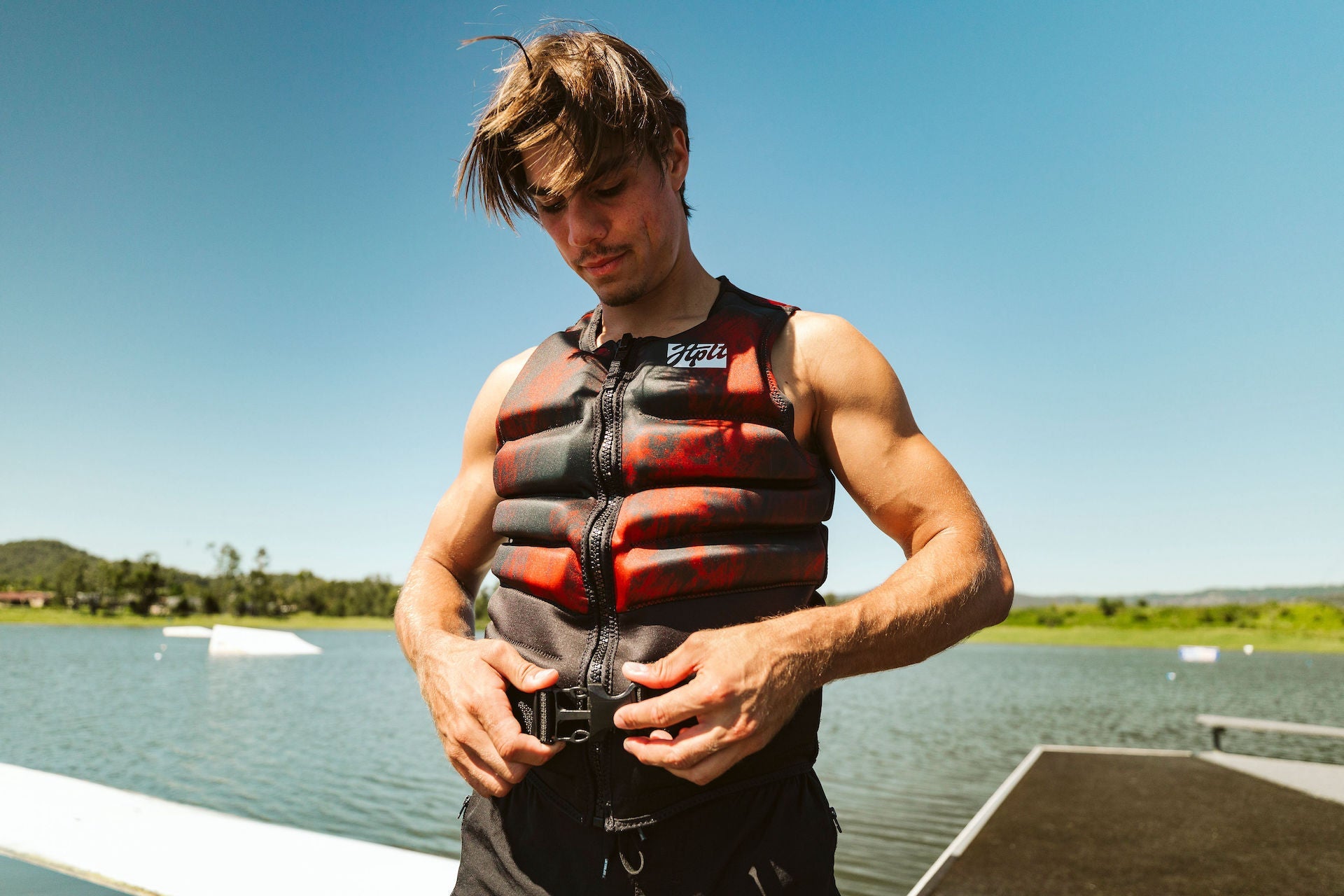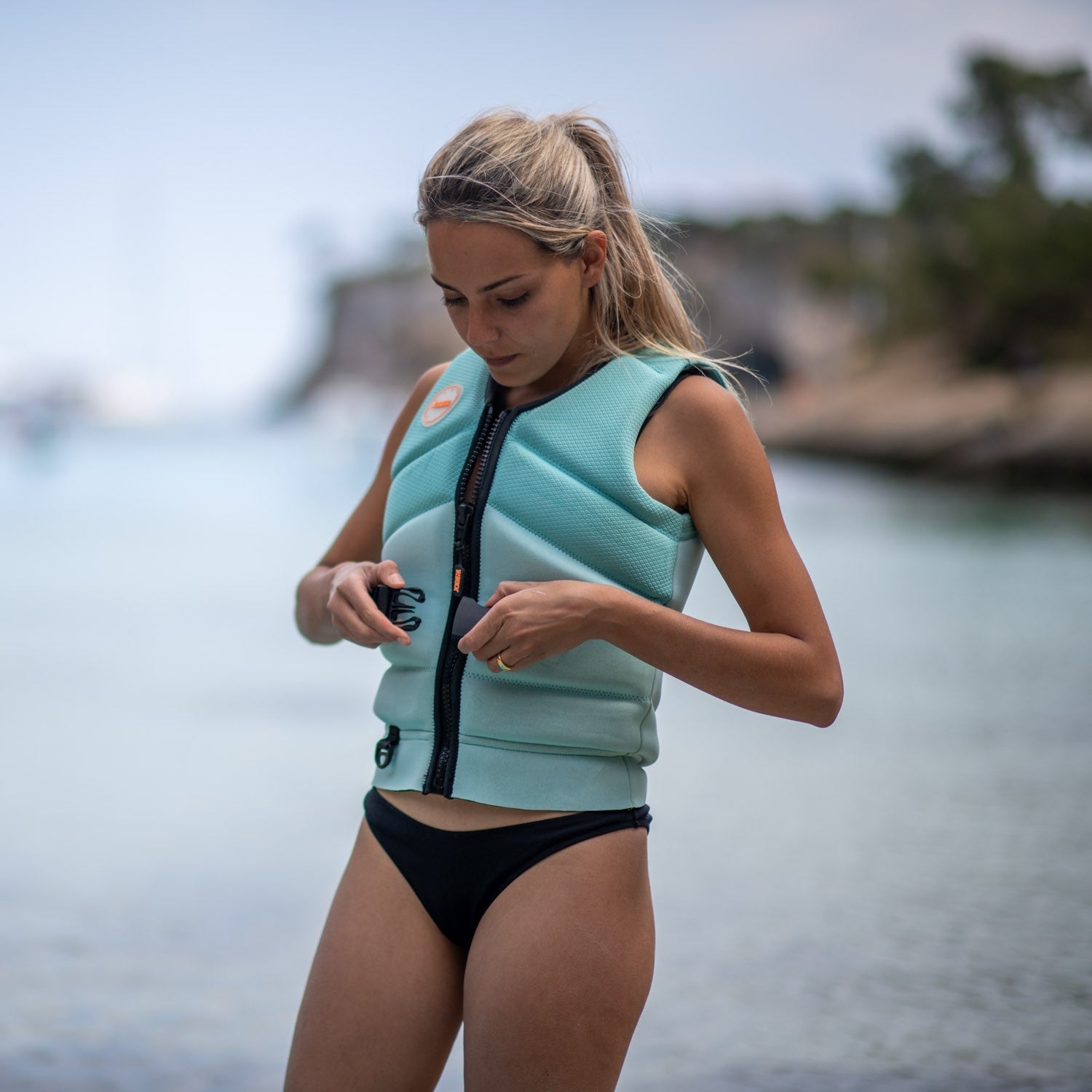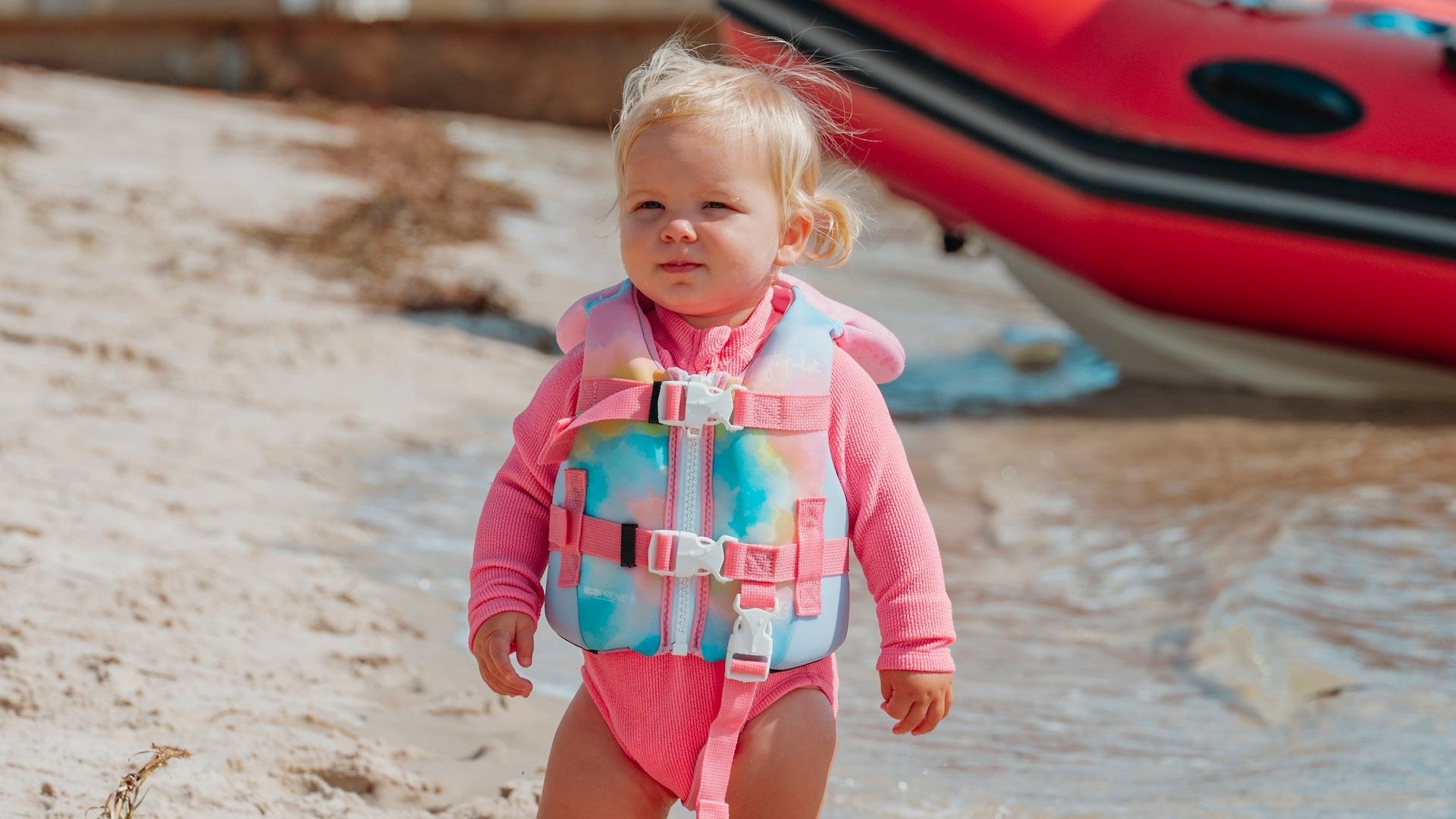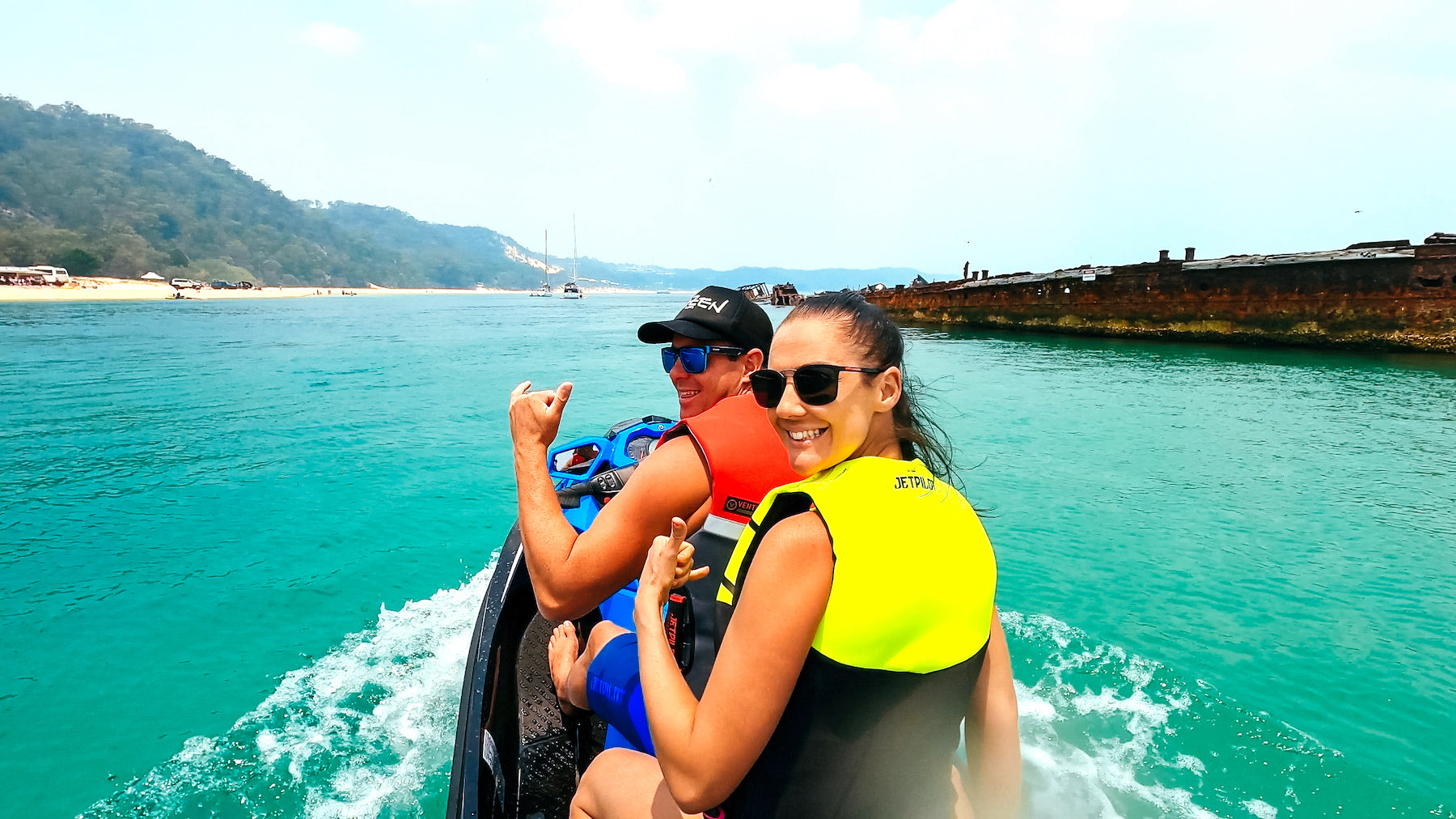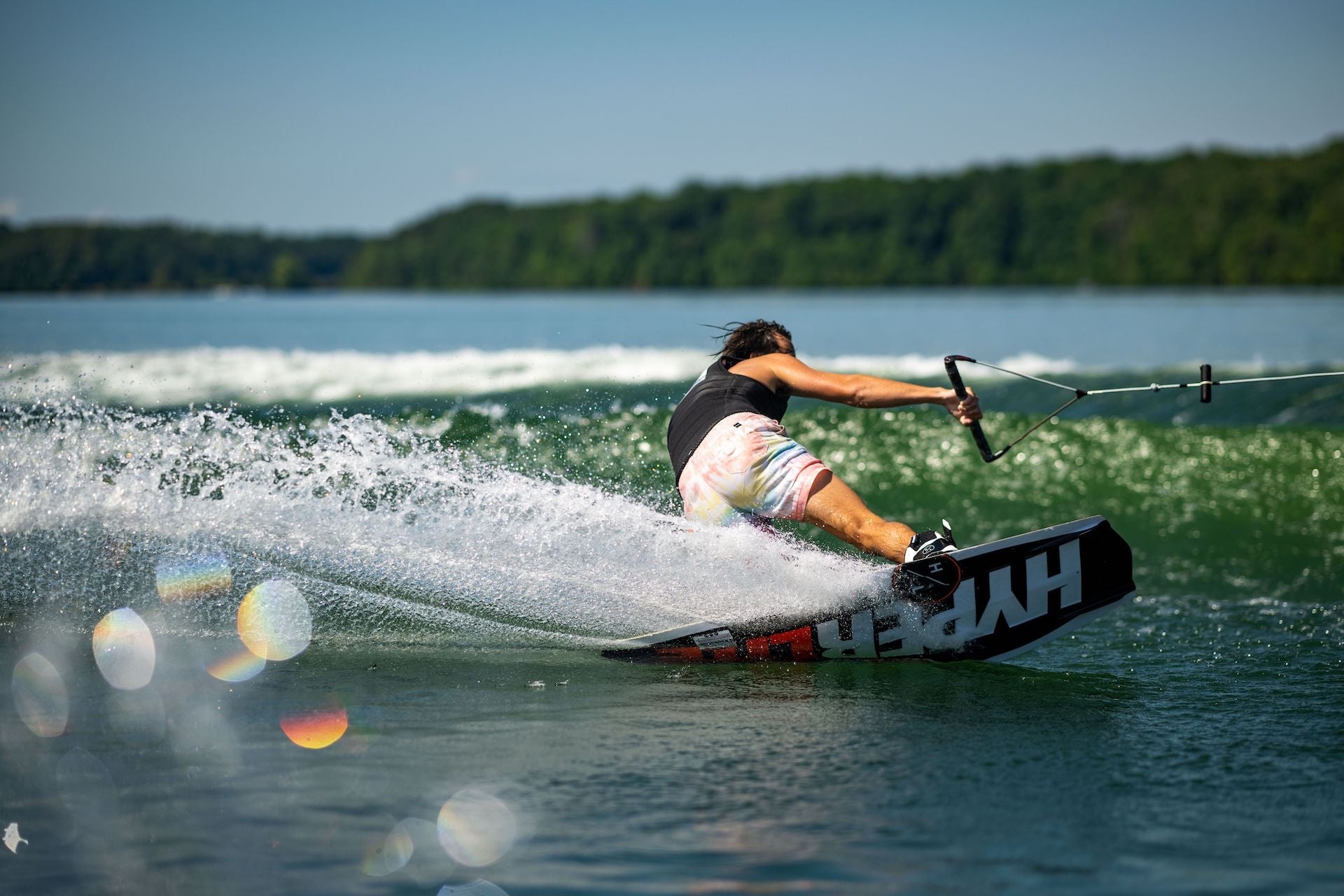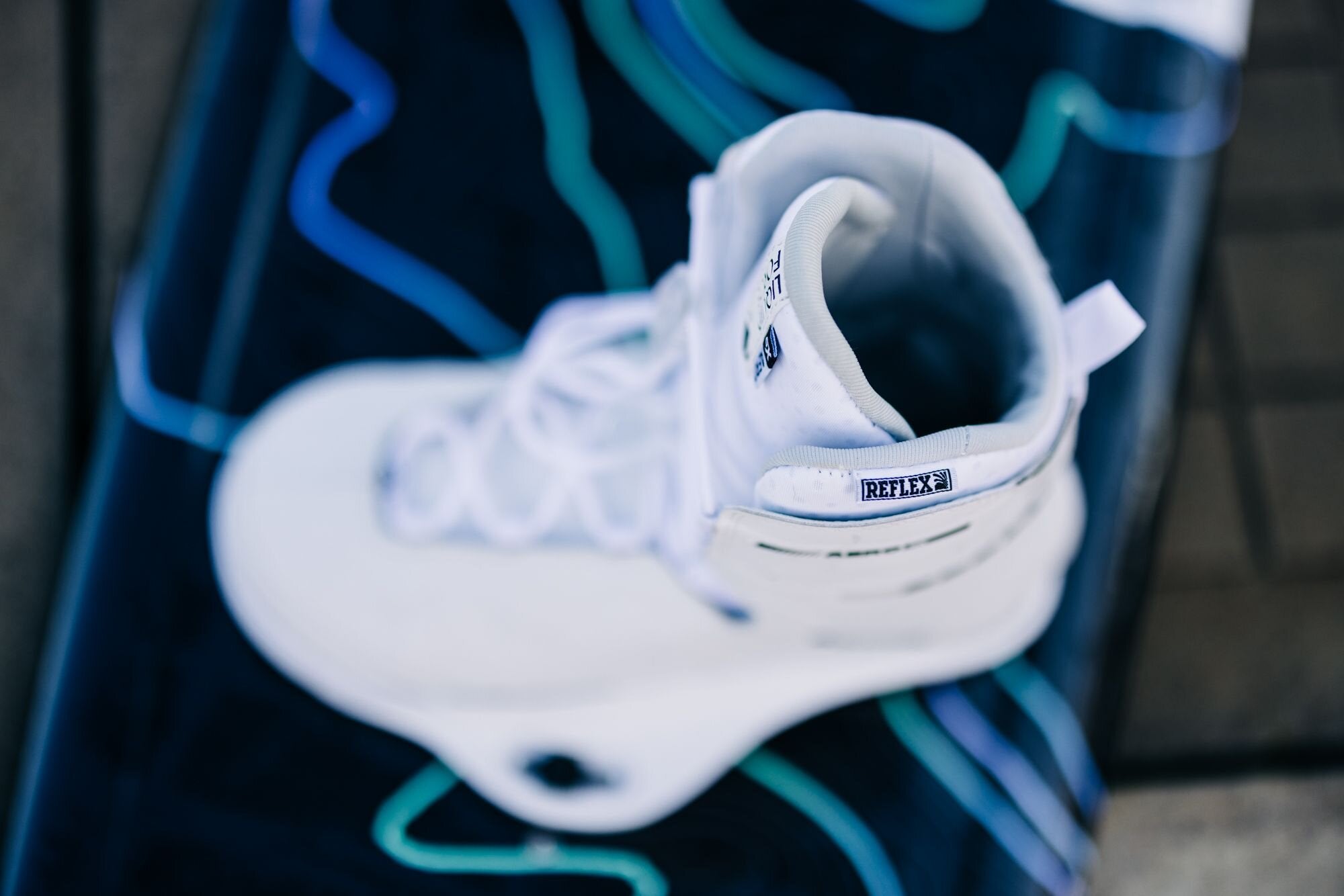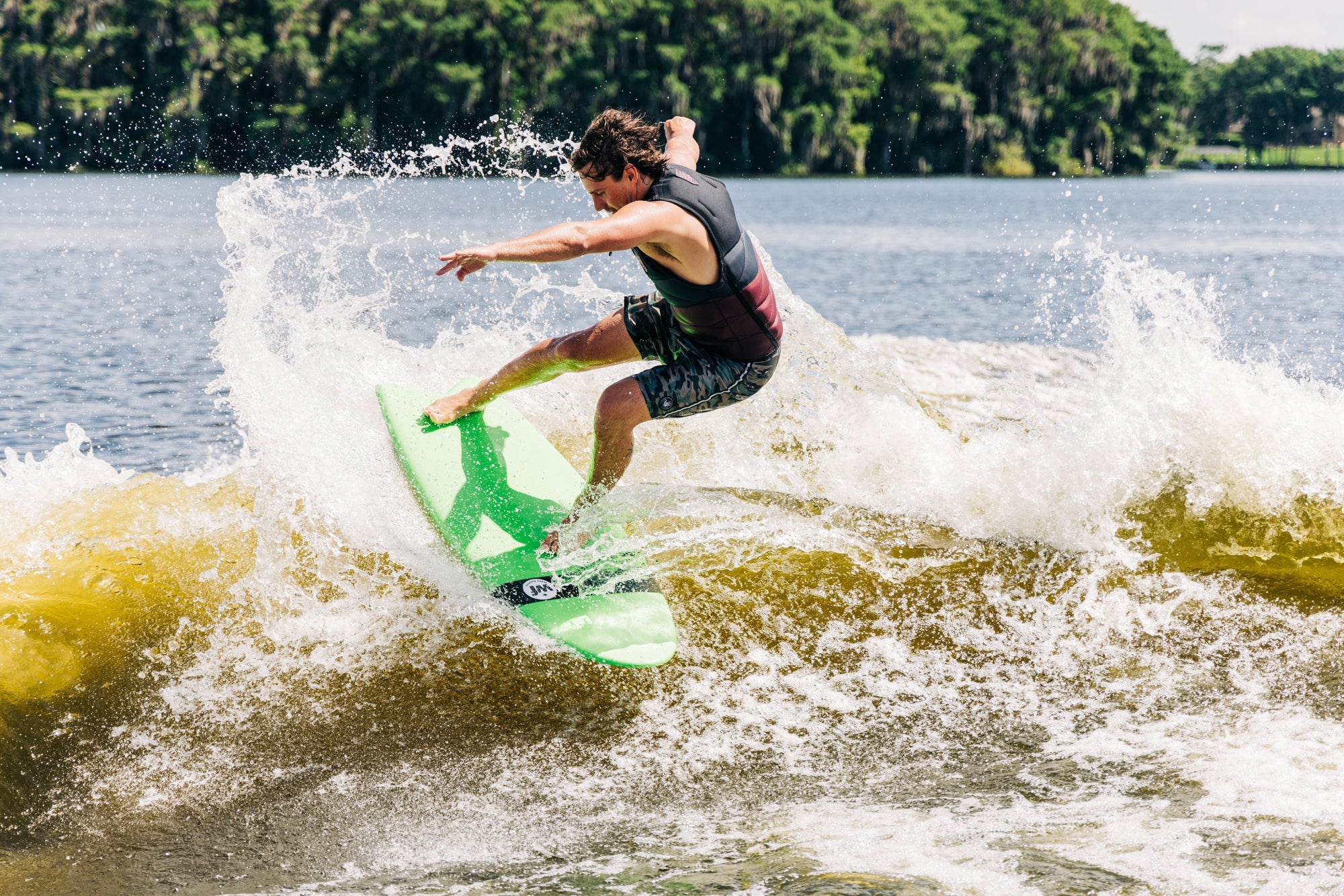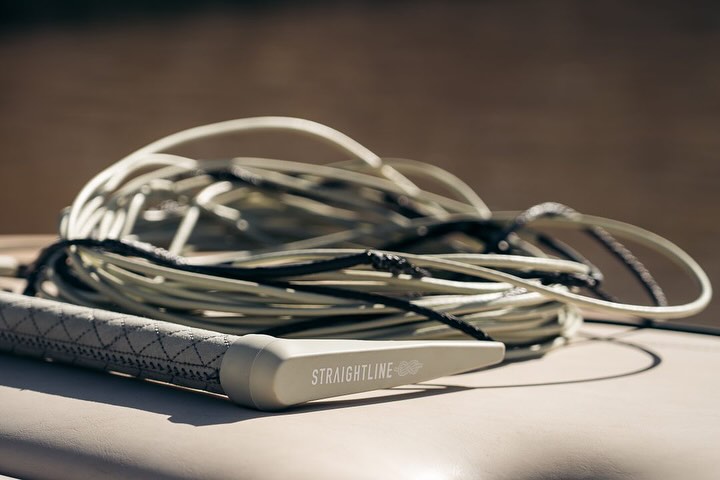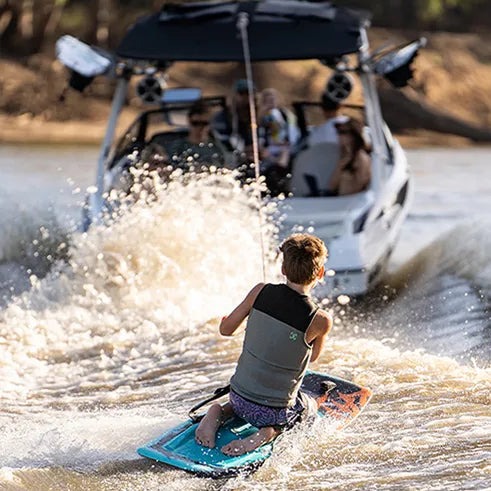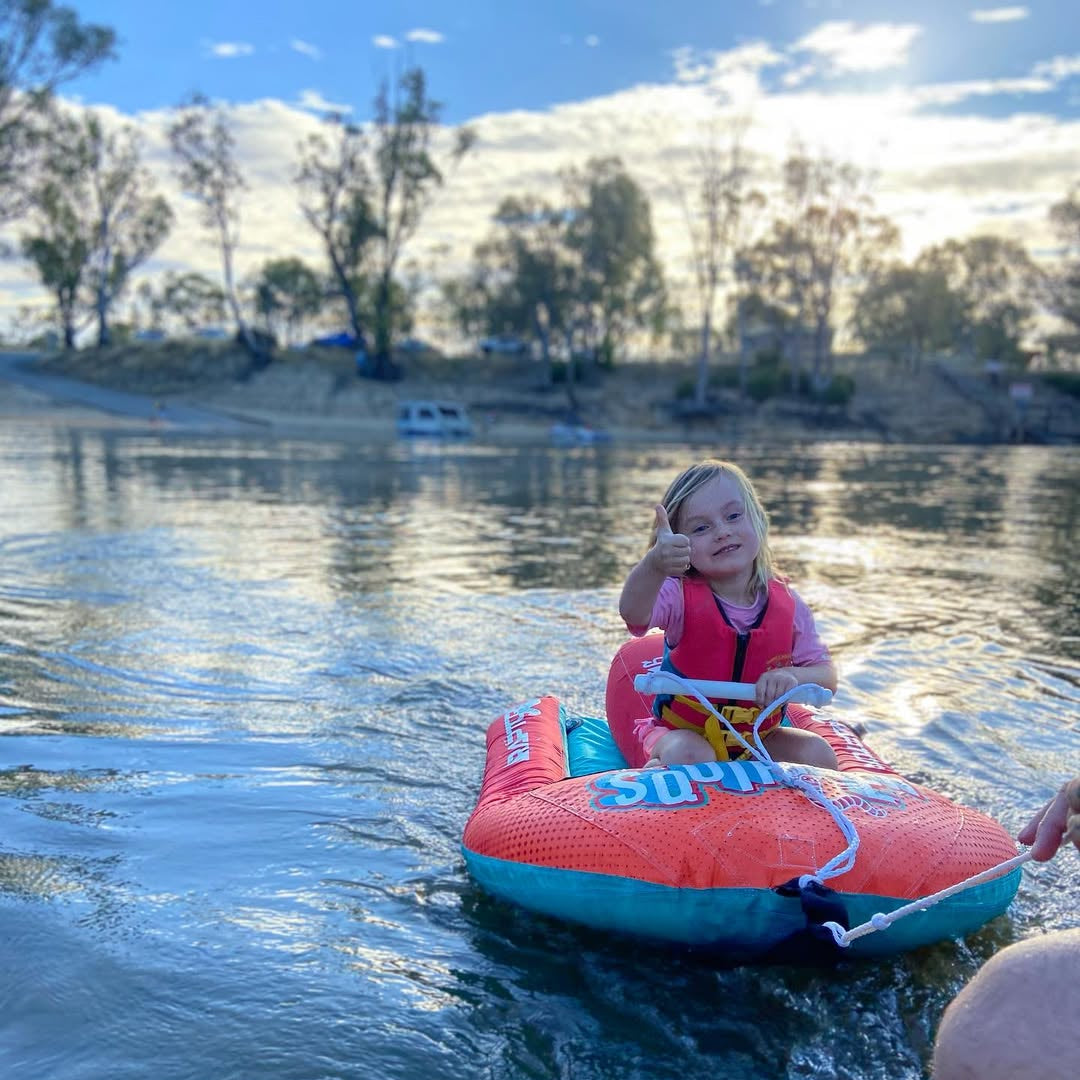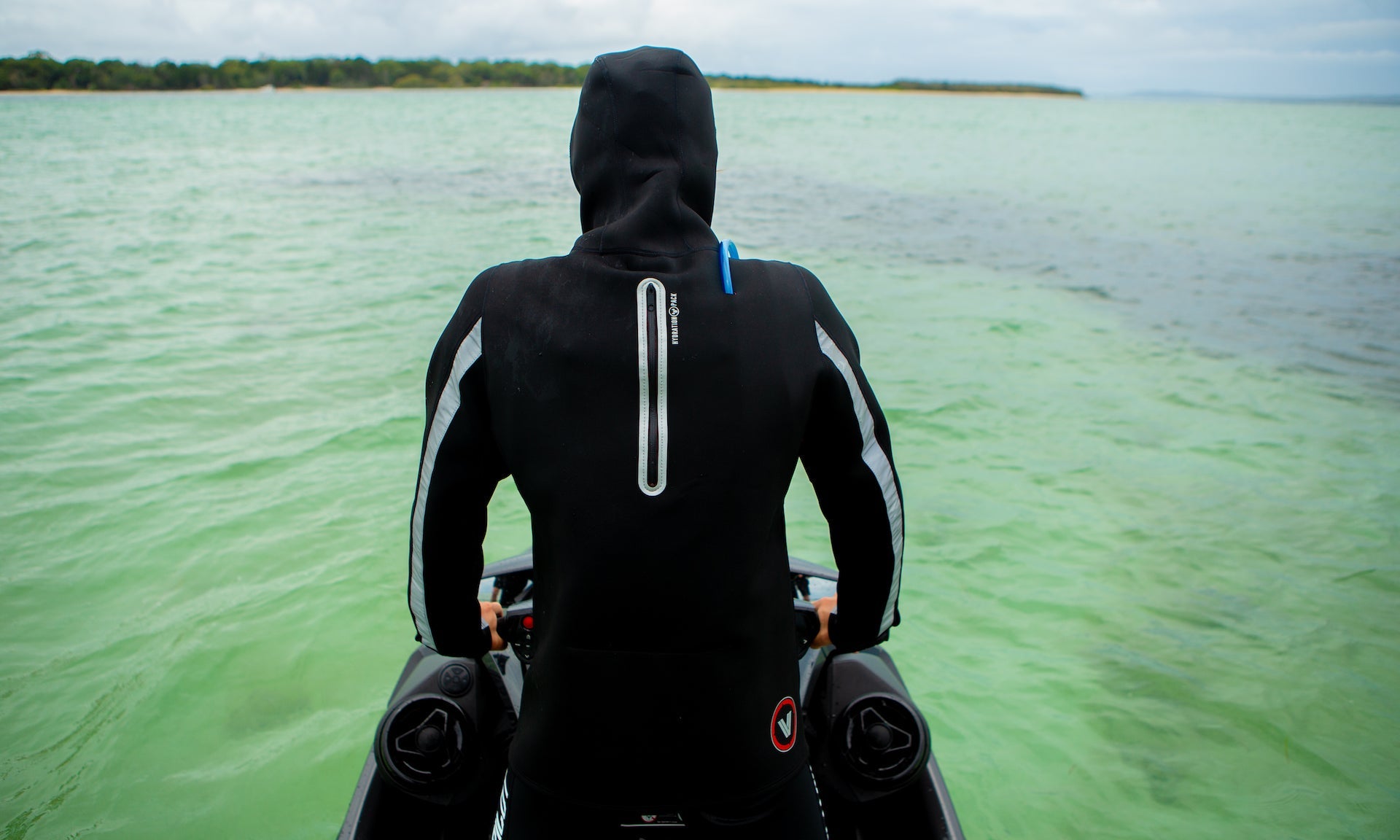Riding in winter can be epic — if you're prepared. Learn the three most common mistakes riders make in cold conditions, and what to do instead to stay warm and safe.
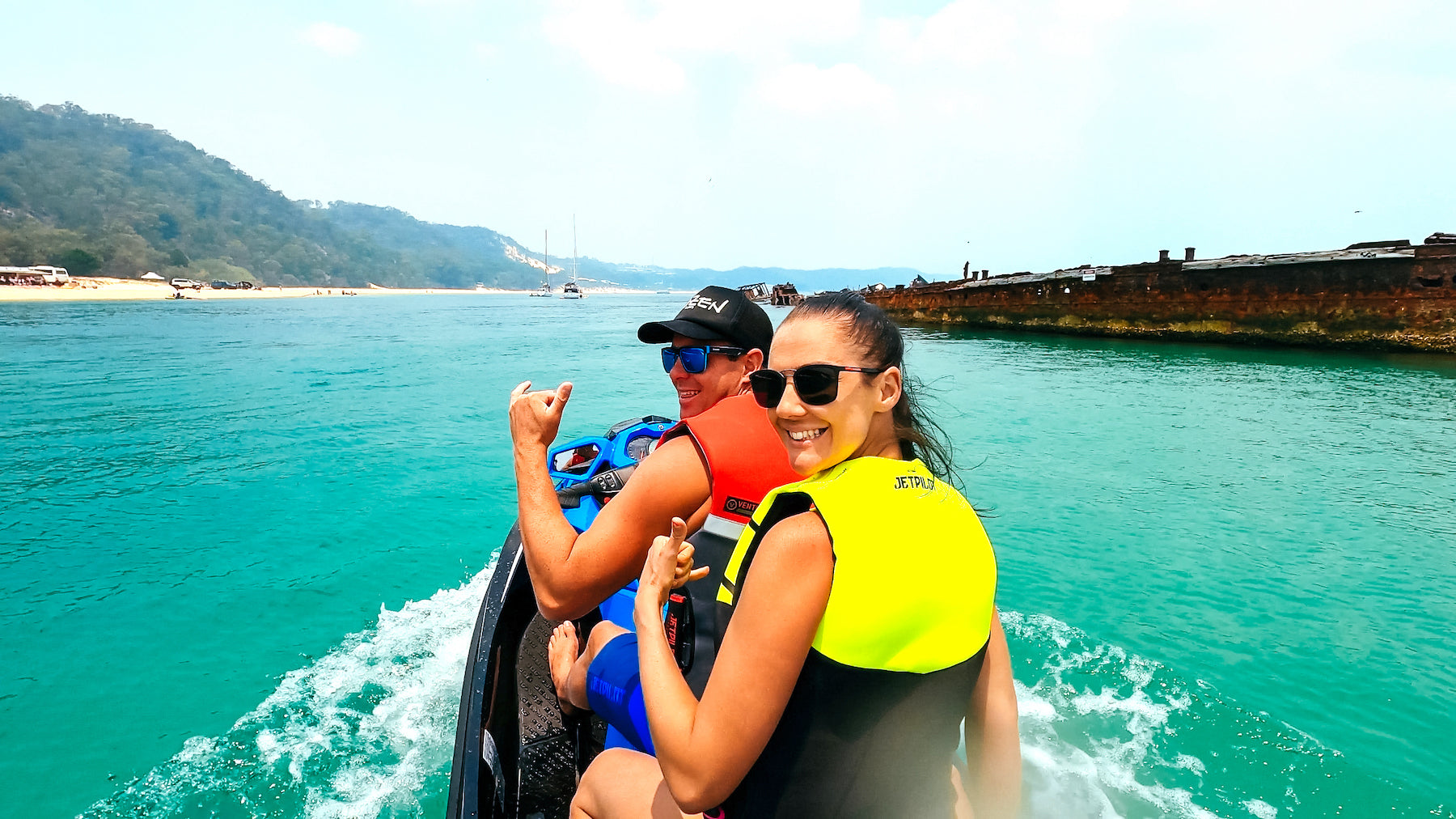
Winter can be one of the best times to ride — crisp mornings, empty waterways, and some of the smoothest conditions you’ll get all year. But it also brings more risk if you’re not properly prepared. Here are the top three mistakes riders make when heading out in cold weather — and how to avoid them.
1. Dressing for the Air, Not the Water
It might feel like a decent day when you’re loading the trailer, but once you’re out there, it’s the water that matters. Cold water pulls heat away from your body far faster than cold air. Even mild exposure can chill your core and numb your extremities fast.
Fix it: Always check water temp before riding. Under 18°C? You’ll need at least a full steamer and accessories like gloves and boots. Under 14°C? Tour coat. No questions.
2. Skipping the Wind Layer
Wetsuits are great in the water — but they’re not built to handle high-speed wind chill on their own. Riding at 50km/h+ in cold air can feel brutal, especially when you're wet.
Fix it: A neoprene tour coat or wind-blocking jacket goes over your wetsuit to protect your core and prevent cold fatigue. It’s a small addition that makes a big difference — especially on long runs or early mornings.
3. Underestimating Safety in Cold Conditions
Colder weather can amplify simple problems. A stalled ski, numb fingers, or fogged goggles can escalate fast if you're not prepared. Many riders treat winter like a normal ride — and don’t account for reduced mobility, visibility, or comms access.
Fix it: Don’t ride solo unless you’re fully geared and experienced. Carry a waterproof phone case or marine radio. Tell someone where you're going. Stick to familiar areas. And always — always — wear a properly rated life jacket.

